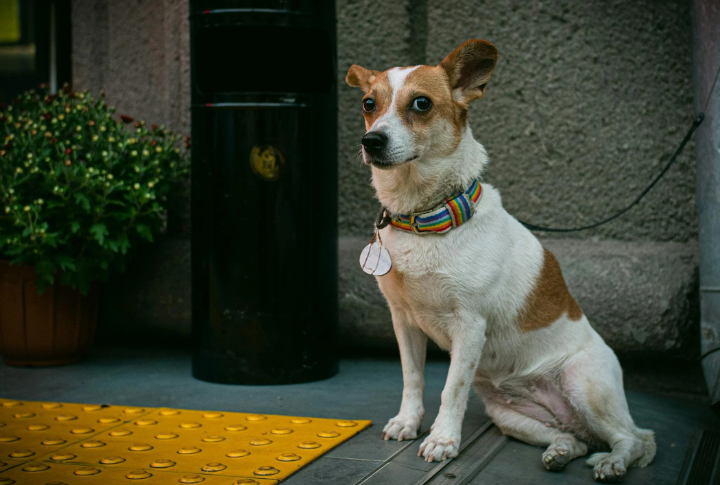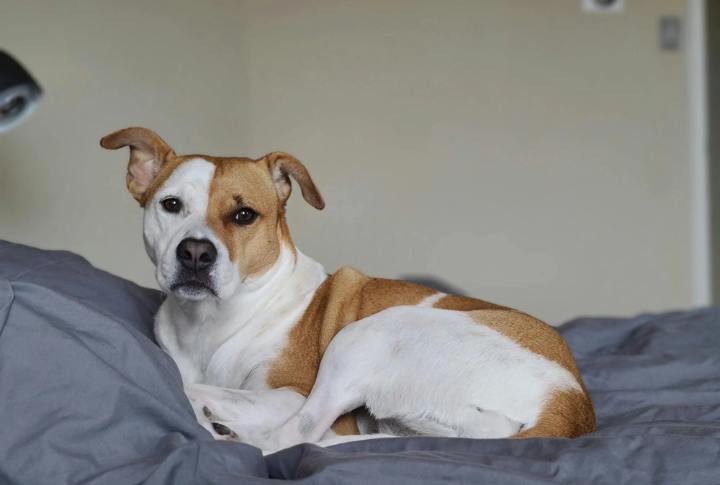15 Food Allergy Symptoms In Pets That You Should Never Ignore

Food allergies in pets don’t always show up as obvious reactions. Sometimes, they sneak up as weird behaviors or persistent problems that just won’t quit. So, if your pet friend shows any of the following 15 signs, don’t brush it off! These telltale signs could mean their dinner bowl needs a serious makeover. However, always remember to consult your veterinarian to be sure of the allergies concerned.
Frequent Vomiting

Vomiting is your pet’s way of telling you something isn’t right. If food allergies are at play, the body may reject certain foods, leading to discomfort. Pets might throw up right after eating or in the hours following. Pay attention to how often this occurs, as it could be a clue to a specific food trigger.
Chronic Diarrhea

Diarrhea that doesn’t seem to go away can indicate that your pet friend is dealing with a food allergy. This symptom is caused by inflammation in the intestines, often from food your pet can’t process. It’s not just about a loose stool but also about watching for changes in frequency and consistency after meals.
Skin Irritation

If your pet can’t stop scratching or biting at their skin, food allergies may be to blame. The immune system reacts to certain ingredients, which, in turn, cause itchy rashes or hot spots. While it’s easy to assume they just have dry skin, persistent irritation warrants a closer look at their diet and potential allergens.
Excessive Licking Or Chewing

Have you caught your pet licking their paws non-stop or chewing their ears? These habits could be linked to food allergies. The discomfort leads them to self-soothe, sometimes excessively. It’s not just a quirky behavior—it could be a sign that something in their food is causing irritation.
Ear Infections

Does your pet shake their head a lot or paw at their ears? When pets consume allergenic ingredients, their immune system might trigger inflammation in the ears, which creates the perfect environment for infections. Don’t ignore these symptoms, as frequent ear issues could point to something deeper.
Swelling Of The Face Or Paws

The immune system’s overreaction to certain foods might result in swelling, which can appear within hours after eating. So, if your pet’s face looks swollen or you notice puffiness in their paws, it’s important to figure out what’s causing the allergy.
Loss Of Appetite

Pets with food allergies often lose interest in their meals. Plus, when food causes pain, irritation, or digestive issues, your pet will begin to avoid it. This loss of interest in food can be subtle at first, but it usually becomes more noticeable over time as your pet associates meals with discomfort.
Constant Sneezing Or Coughing

A dog’s immune response can trigger respiratory symptoms like sneezing or coughing. It may not seem directly related to food, but when these symptoms occur in combination with other signs like gastrointestinal distress or skin irritation, allergies are likely the cause.
Bloating Or Stomach Distress

Have you ever seen your pet looking like it swallowed a balloon? Bloating and stomach distress are telltale signs that something in their food isn’t sitting right. Such discomfort might make your pet restless and act differently—so don’t ignore the signs and check their diet for troublemakers.
Excessive Gas

Pets passing gas more than usual isn’t just a funny situation, as it could be an indication that their food isn’t agreeing with them. Food allergies cause an overload of gas. The air might clear out, but the problem won’t go away until you switch out the foods that are causing their tummy to grumble.
Red Or Watery Eyes

Something could be off if your pet’s eyes are redder than a tomato or constantly watering. Sure, it could also be soap or dust, but it could also be that their immune response to food is causing eye irritation. So, when their eyes give you red puppy-dog eyes, don’t just wipe away the tears—look at their meals, too!
Hair Loss Or Thinning Fur

Your pet’s once-glorious coat might begin to thin out when food allergies are in play. It’s not just a bad hair day; it could be a deeper issue with their diet. After a vet’s confirmation, bald patches or thinning fur means it’s time for a new food strategy that doesn’t leave your pet looking scruffy.
Behavioral Changes

Food allergies can mess with more than just your pet’s body and affect their mannerisms. Irritability, anxiety, and changes in behavior often happen when food allergies cause constant discomfort. Your pet might not be their usual happy self, and it could all come down to what’s in their bowl. They’re telling you something, so pay attention!
Frequent Pawing At The Face Or Mouth

Pawing at the face or mouth is a common reaction when pets experience food allergies. This reaction from an allergic reaction will result if there is some tingling or swelling on the face or around the mouth. If you notice your pet pawing persistently, consider discussing potential food triggers with your veterinarian.
Hives Or Rash

Raised red bumps appear like magic, and while it might look like a random rash, it could be an allergic response to something in their food. These bumps are their body’s way of freaking out over an ingredient they just can’t handle. It’s time to figure out which food is the culprit.






